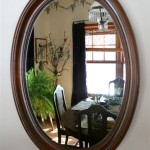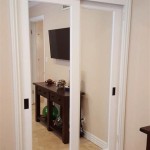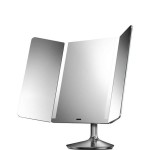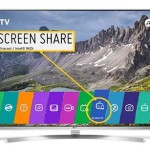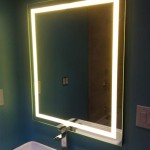How to Mirror iPhone to TV Without Wi-Fi or Apple TV
Mirroring an iPhone's screen to a television offers a convenient way to share photos, videos, and presentations on a larger display. While methods utilizing Wi-Fi and Apple TV are common, several alternative approaches facilitate screen mirroring without these dependencies. These methods often rely on wired connections and readily available adapters.
One of the most reliable methods for mirroring an iPhone to a TV without Wi-Fi or Apple TV involves using a Lightning Digital AV Adapter. This adapter connects directly to the iPhone's Lightning port and provides an HDMI output for connection to the television. Users simply connect an HDMI cable between the adapter and the TV's HDMI port. Power is supplied to the adapter via a separate Lightning cable connected to a power source.
Once the physical connections are established, the TV should be switched to the corresponding HDMI input. The iPhone's screen will then be mirrored on the television display. This method supports video output up to 1080p HD, providing high-quality mirroring for various content types. Audio is also transmitted through the HDMI connection, allowing for synchronized audio and video playback.
A similar approach utilizes a Lightning to VGA Adapter. This option is suitable for connecting an iPhone to older televisions or projectors equipped with VGA inputs. The connection process is similar to using the HDMI adapter, with a VGA cable connecting the adapter to the television or projector. A separate Lightning cable is also required for power. This method offers a practical solution for devices lacking HDMI connectivity.
Another viable option for mirroring without Wi-Fi or Apple TV involves using a USB-C Digital AV Multiport Adapter. This adapter is particularly useful for newer iPad Pro models with USB-C ports. It offers HDMI output, as well as a USB-C port for charging and a USB-A port for connecting peripherals. Connecting the adapter to the iPad Pro and an HDMI cable to the TV provides a straightforward mirroring solution.
It's important to note that the specific adapter required depends on the iPhone or iPad model and the available inputs on the television. Users should verify compatibility before purchasing any adapter. Additionally, the quality of the mirrored display may be influenced by the resolution supported by both the device and the television.
Certain apps offer built-in screen mirroring capabilities, eliminating the need for additional hardware. These apps often utilize DLNA or other streaming protocols to connect to compatible smart TVs. Users should check the features of the app and the TV's compatibility with such protocols. This software-based mirroring provides a convenient alternative to hardware adapters in specific scenarios.
For users who require wired connectivity for security or reliability reasons, these wired mirroring methods offer a robust solution. They bypass the potential instability or limitations of wireless connections, ensuring a consistent and high-quality mirrored display. The absence of a network dependency also simplifies the setup process and minimizes potential troubleshooting issues.
Several third-party accessories offer alternative methods for mirroring. Some devices create a local Wi-Fi network, allowing connection even without an existing Wi-Fi infrastructure. While these devices may offer additional features, they introduce another layer of complexity and potential points of failure. Careful evaluation of these third-party solutions is recommended.
When choosing a mirroring method, users should consider factors such as video quality, audio support, and connection stability. Wired methods generally provide the most reliable and highest-quality mirroring experience, while software-based methods may offer greater convenience in certain circumstances. Ultimately, the optimal approach depends on the specific requirements of the user and the available equipment.
Understanding the various options available for mirroring an iPhone to a TV without Wi-Fi or Apple TV empowers users to choose the method best suited to their individual needs. Whether utilizing a wired adapter or leveraging software-based solutions, the ability to project content onto a larger screen enhances presentations, entertainment, and collaborative activities.
Regularly checking for updated firmware and software for adapters and devices can ensure optimal performance and compatibility. Manufacturers frequently release updates to address bugs and improve functionality. Staying up-to-date with these updates can prevent potential issues and ensure a smooth mirroring experience.

Simple Ways To Mirror Iphone Tv Without Wifi 6 Steps

3 Ways To Mirror Iphone Tv Without Apple Istreamer

How To Use Airplay Apple Tv Without Wi Fi Full Guide

How To Mirror Iphone Tv Without Apple

Simple Ways To Mirror Iphone Tv Without Wifi 6 Steps

How To Mirror Iphone Roku Without Wifi 5 Steps With Pictures

How To Use Airplay Apple Tv Without Wi Fi Full Guide

How To Mirror Iphone Roku Without Wifi 5 Steps With Pictures

How To Mirror Iphone Tv Without Wi Fi

How To Mirror Iphone Mac Without Wi Fi


